Si alguna vez te has cruzado con un caniche toy, seguramente has quedado encantado por su diminuto tamaño, su energía desbordante y esa mirada tierna que derrite corazones. Esta raza
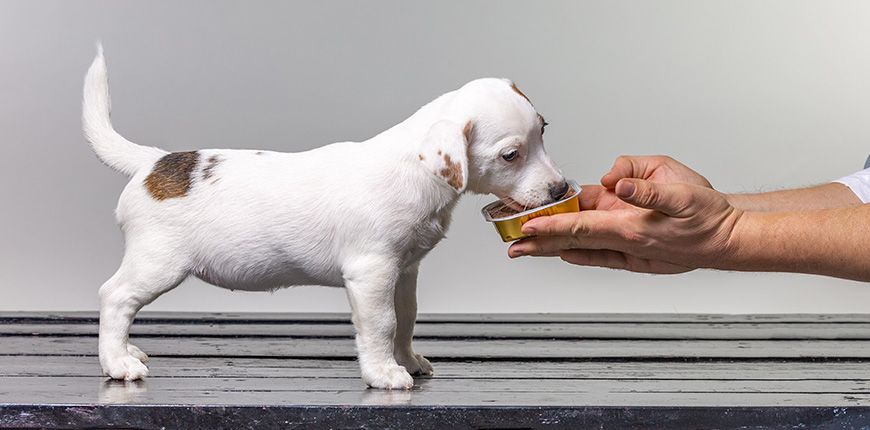
Primeros meses de la mascota ¡Claves para alimentar a un cachorro!
En Savecan te invitamos a que conozcas las claves para alimentar a un cachorro. Desde tu venta de cachorros online hemos preparado esta guía para que sepas qué comida darle a tu perrito según su edad. La alimentación durante los primeros meses de vida de la mascota es esencial para que crezca sano. ¿Te interesa esta información? Entonces continúa leyendo.
Conoce las claves para alimentar a un cachorro
Detrás de un perro adulto sano hay una crianza vigilada. Una dieta equilibrada, rica en nutrientes y proteínas será la base del desarrollo de tu perro. El tipo de alimentación más adecuado depende de la edad del cachorro. Durante los primeros 45 días lo ideal es la leche materna.
Después de ese tiempo comienza el destete y debes comenzar a darle otro tipo de alimentos. Los perros crecen muy rápido, así que tienes que prepararte para los cambios con anticipación. Si no sabes qué tipos de alimentos para cachorros ofrecerle a tu mascota puedes afectar su desarrollo.
El veterinario te recomendará la dieta de tu perrito desde el momento de su nacimiento. Entre las preguntas frecuentes que recibe cualquier tienda de mascotas siempre hay alguna relacionada con la comida. Y es que tener un perrito no es tema de juego. No pueden comer lo mismo que las personas porque algunos de nuestros alimentos les hacen daño a ellos.
Además del tipo de comida hay que tener en cuenta factores como la cantidad y la frecuencia. Estos varían a medida que el perrito va creciendo.
Durante los primeros cuatro meses llegan a comer entre cuatro y cinco veces al día. Luego baja a tres veces hasta que solo necesite alimentarse un par de ocasiones diarias.
Luego de esta introducción, descubramos cuáles son las reglas básicas para la alimentación de tu mascota.
Primeros días del cachorro: la leche materna es esencial
La leche materna cuenta con la cantidad de nutrientes que necesita el cachorro recién nacido. El pequeño debe permanecer junto a su madre durante los primeros 45 días, tiempo estimado para la lactancia.
Cuando esto no es posible hay que buscar un sustituto adecuado. En las tiendas de mascotas encontrarás leche maternizada que le puedes ofrecer con un biberón especial. No caigas en la tentación de darle leche de vaca, puesto que la lactosa puede provocarles diarrea.
Para alimentar cachorros con biberón, ten presente las siguientes recomendaciones:
- Compra un biberón especial. Estos están adaptados para que el perrito pueda tomar sin atragantarse ni tener otro problema.
- Dale la cantidad de leche necesaria de acuerdo a su edad y peso. Por lo general esta información viene en el propio biberón o en el empaque de la leche.
- Mantén al cachorro recostado en su cama o en tu regazo, asegurándote que esté cómodo. Es importante que permanezca en la misma posición que lo alimentaría su madre.
- No lo coloques boca arriba porque puede ahogarse.
- Durante las primeras tres semanas tomarán biberón cada cuatro horas.
- Al finalizar cada toma tiene que defecar en un período de una hora. Si no lo hace, estimula la digestión con un masaje en el vientre y el ano con un paño húmedo.
A partir de las tres semanas es conveniente comenzar a ofrecerle alimentos semisólidos. Solo un poco para que vaya probando y comience la transición.
Cuarta semana: comienza el destete
Entre las tres y cuatro semanas luego de su nacimiento aparecen los primeros dientes. Entonces están listos para comenzar a probar otros alimentos. Inicia la etapa del destete.
Aún cuando el perrito consuma todavía leche materna, hay que darle a probar alimentos semisólidos. Puedes comprar papilla para cachorros o pienso especial para esta etapa y mezclarlo con un poco de agua.
La etapa del destete durará varias semanas. Comienza acercando un poco de la papilla a su boca y que él mismo la pruebe y la trague. Cada siete días aumenta la cantidad de alimento sólido en la mezcla. Llegará el momento en que solo consumirá alimento sólido. Esto será a partir de las ocho semanas de vida.
En este momento la leche materna o el biberón servirá como complemento alimenticio. Como consumirá alimentos sólidos es el momento también de ofrecerle agua.
La forma correcta de alimentarlo es dejarle la comida en un plato poco profundo por 15 minutos y luego retirársela. Repite el proceso tres o cuatro veces al día.
Introduce comida casera
Algunos veterinarios recomiendan darle comida para cachorros casera, además del pienso. De esta manera complementan su alimentación.
Si sigues esta recomendación tienes que conocer bien cuáles son los alimentos dañinos para que no le provoques ningún daño.
Al buscar recetas caseras ten en cuenta la cantidad de nutrientes que necesita el perrito. Su dieta debe ser rica en proteínas y grasas para asegurar que su desarrollo sea integral. Llevar una alimentación balanceada le aportará energía y estimulará sus defensas naturales.
Cantidad de comida y frecuencia de alimentación
Como mencionamos antes, a medida que el cachorrito crece disminuye la frecuencia con la que debes alimentarlo. La cantidad de comida que consuma al día depende en gran medida de lo que esté comiendo.
Aunque encontrarás marcas que ofrecen pienso especial para cachorros, algunas no tienen nutrientes suficientes. Como consecuencia, el perrito tiende a comer más para satisfacer sus necesidades.
Allí radica la importancia de escoger un alimento de calidad. Además de la proteína debe tener calcio y calorías suficientes. La base debe ser de carne de res o pollo. Pero asegúrese que no contenga subproductos de carne.
Es recomendable que el alimento contenga ácidos linoleicos que le ayudan a tener la piel y el pelo sanos.
Cambiar la alimentación del cachorro
Supongamos que decides comprar cachorros golden retriever online y deseas cambiar su alimentación. Lo primero que debes hacer es consultar qué tipo de comida ha venido consumiendo, porque cuando llegue a casa debes mantener su dieta. Un cambio brusco en este sentido le puede hacer daño a tu nueva mascota.
La manera adecuada de presentarle su nuevo alimento es mezclarlo con la dieta actual. Al principio hazlo en una proporción de 75 % del alimento que consume y 25 % del nuevo. Continúa así durante la primera semana. Para la segunda semana lleve la proporción a 50 y 50 %.
La tercera semana agregue más cantidad del nuevo alimento y a la siguiente ya podrás darle solo de la nueva comida. De esta forma te aseguras que el cachorrito se vaya adaptando al nuevo sabor y su sistema digestivo también se adaptará al cambio.
Ante cualquier inconveniente recuerda preguntarle al veterinario o consultar en la tienda de mascotas.
Recuerda que en las primeras semanas, cuando la dieta sea exclusiva de leche materna, no será necesario darle agua. A medida que consuma alimentos sólidos y semisólidos deberás también darle de este líquido.
Esté atento siempre a cualquier señal de alerta que se presente durante la alimentación de cachorro. Si da muestras de digestión lenta ayúdalo con el método que explicamos antes. Ante casos de diarrea y estreñimiento consulta al veterinario. Si llega a haber una emergencia, por ejemplo, que se ahogue con la comida, es posible que requiera de respiración asistida. Debes estar preparado siempre para cualquiera de estos casos.
Esperamos que te hayan quedado claras estas claves para alimentar a un cachorro recién nacido. Recuerda compartir esta información en sus redes sociales.

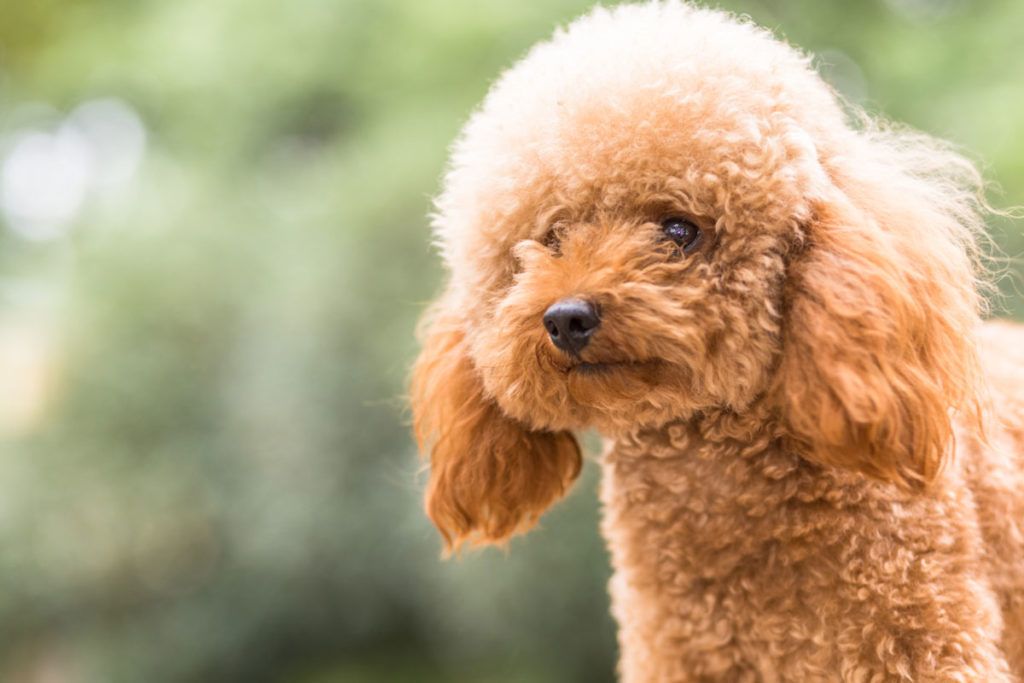
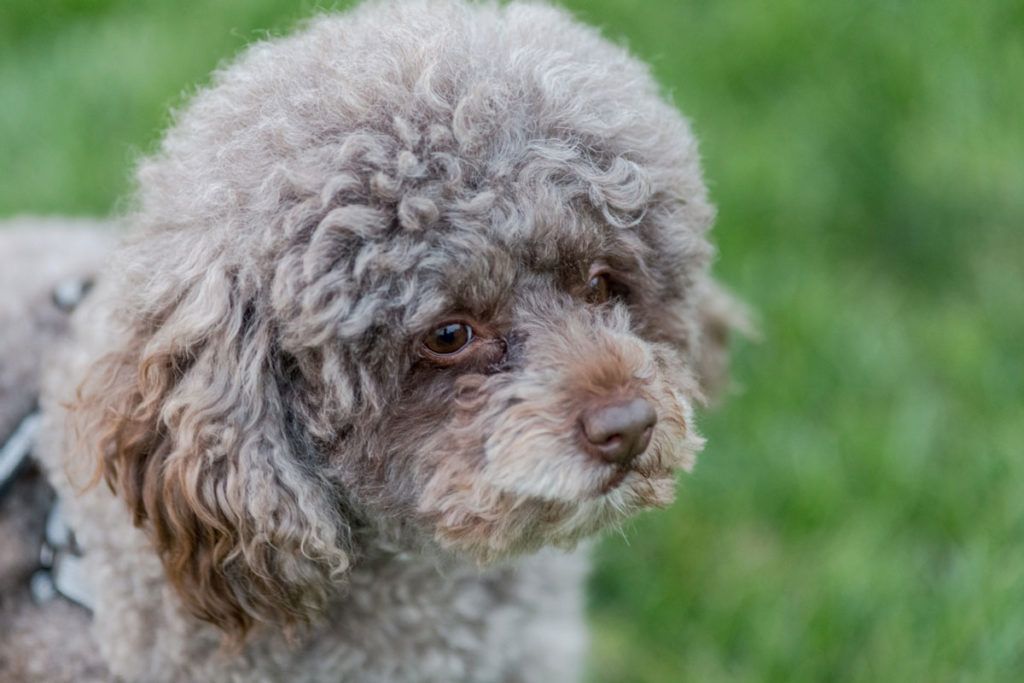
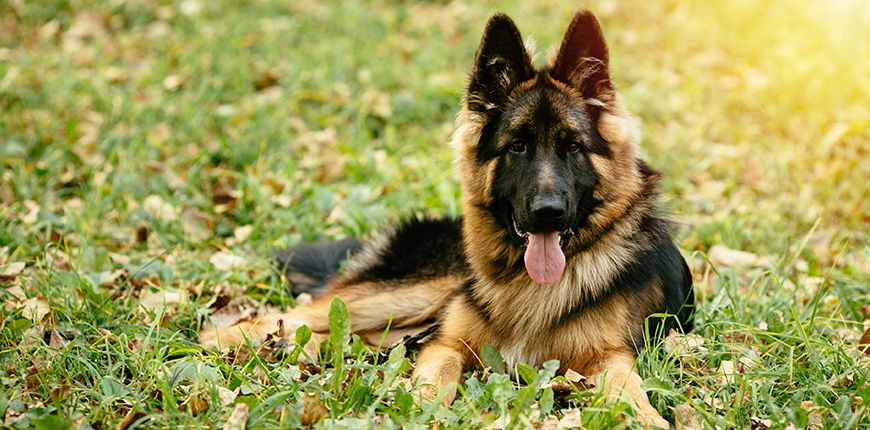
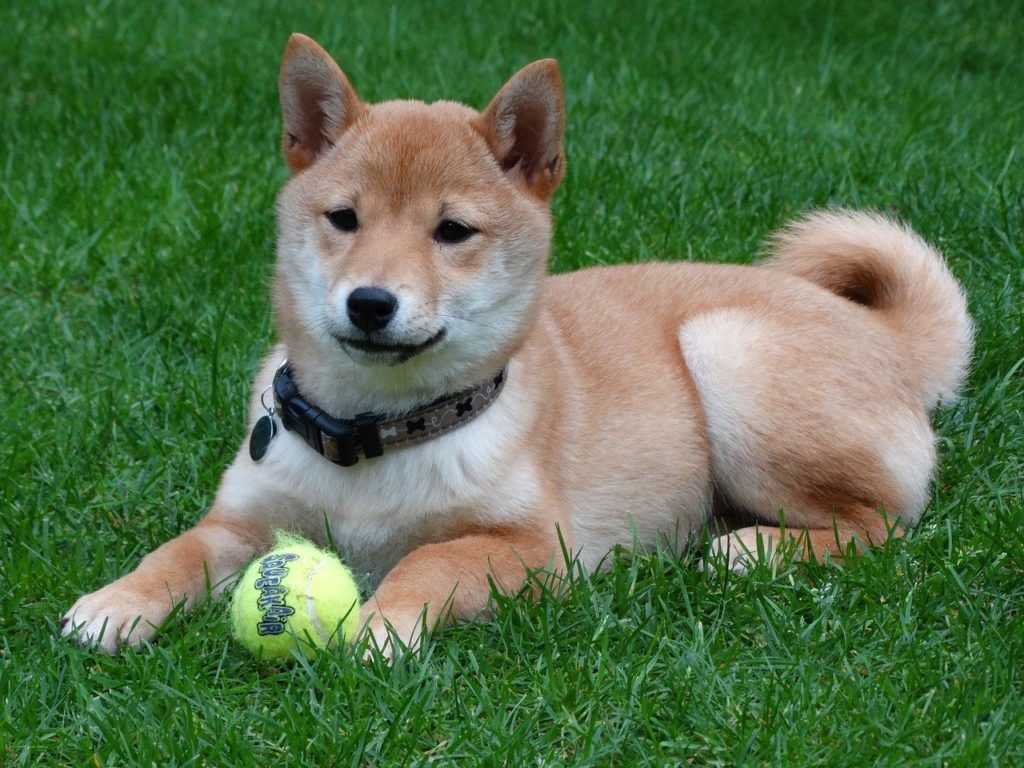
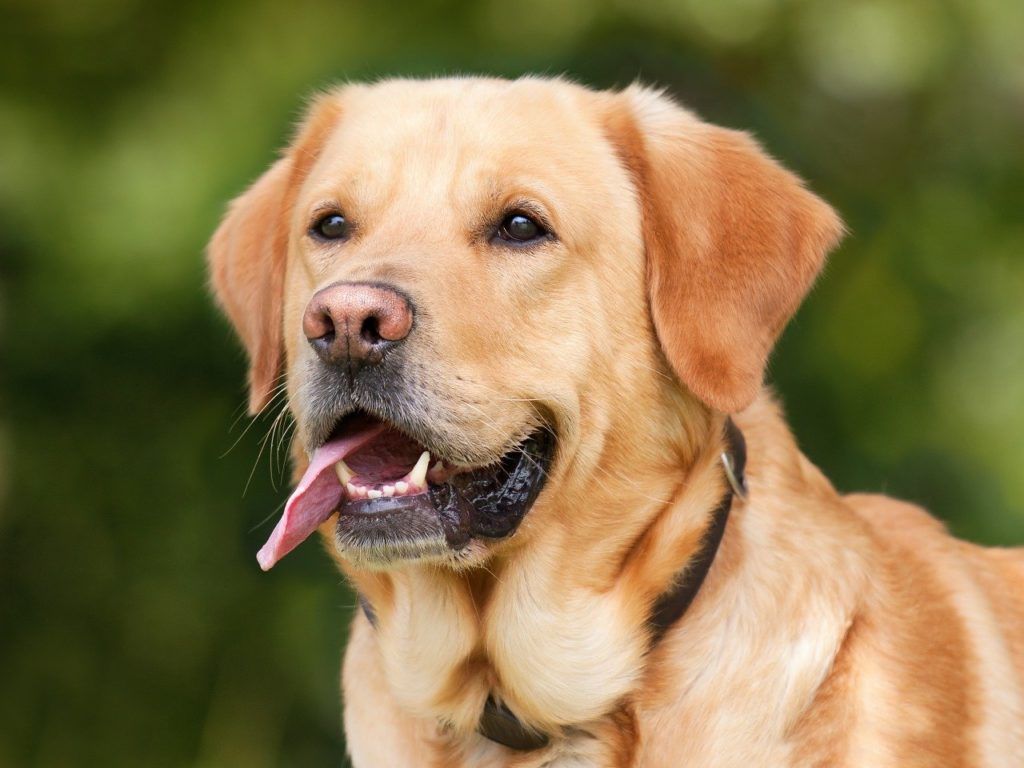
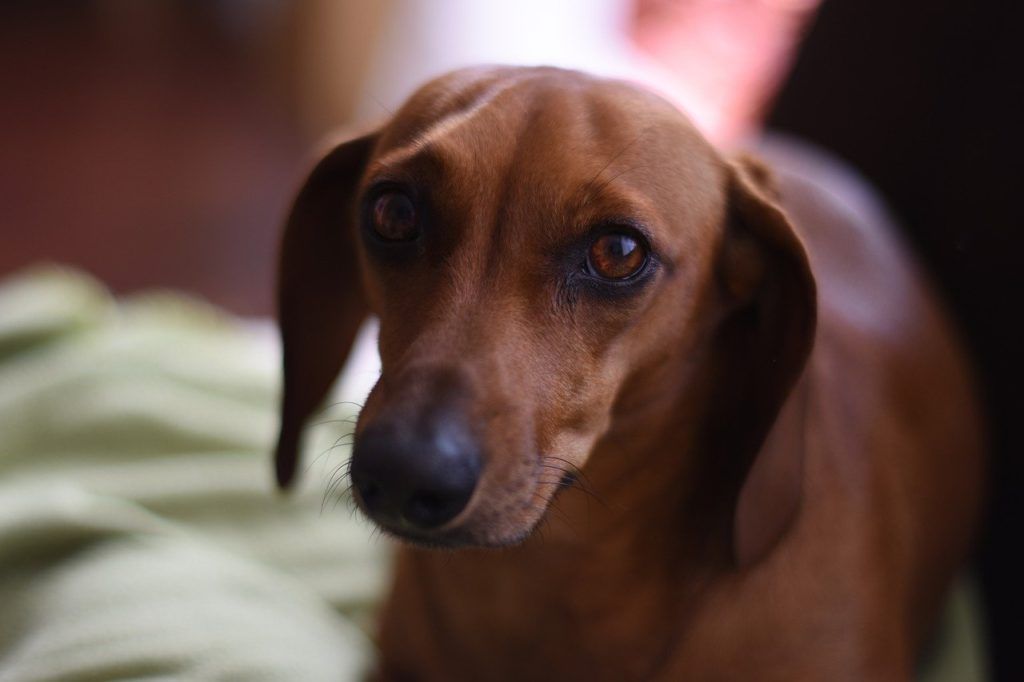
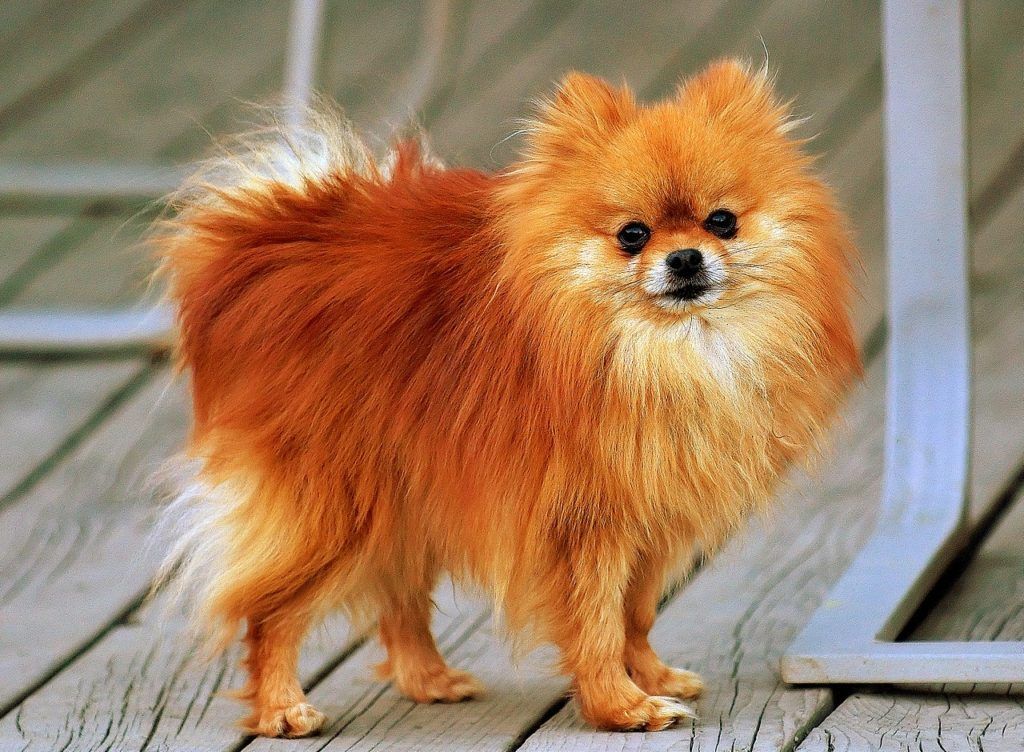
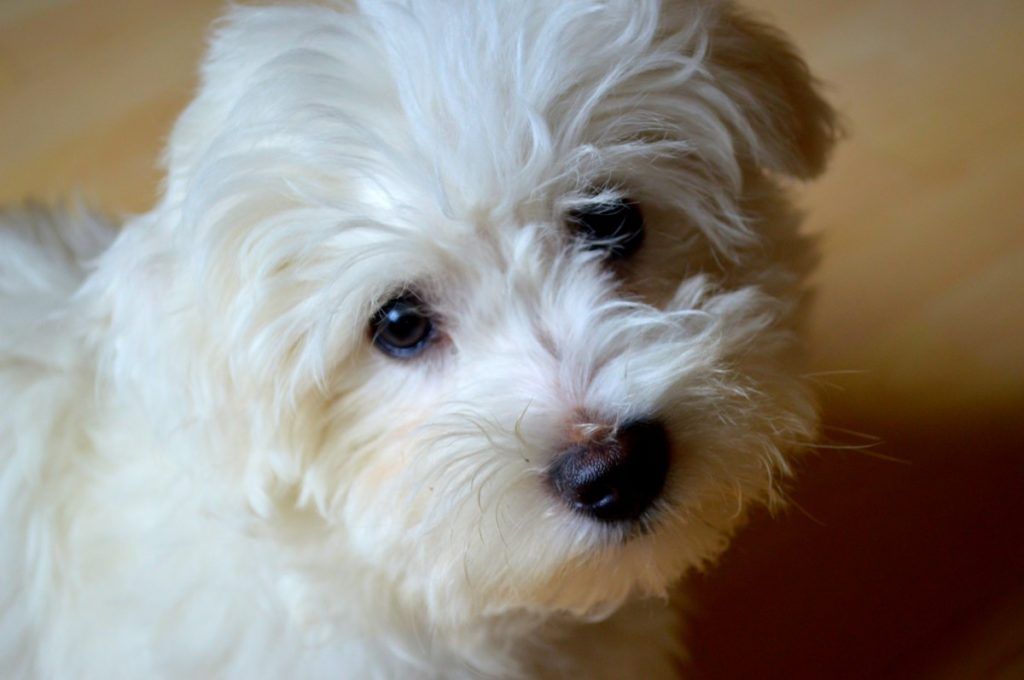
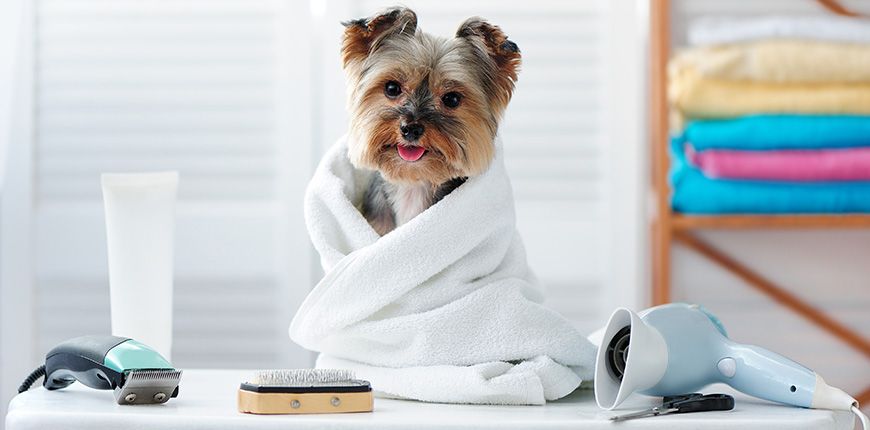
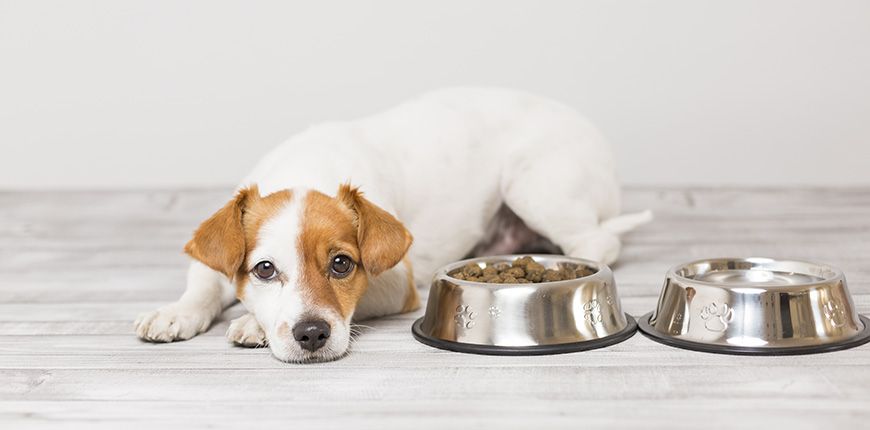
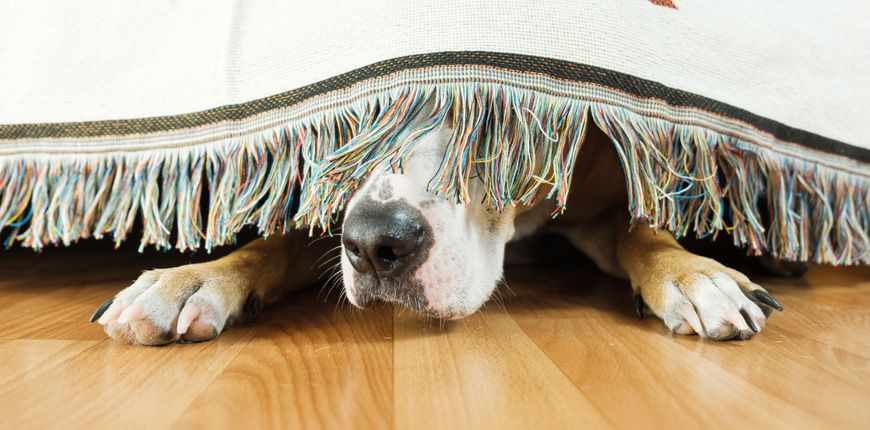

Caring for Newborn Yorkie Puppies
Newborn Yorkies require a lot of care — but most of it will come from the mother. There isn’t much you need to do when caring for your new puppies until you have a 6 week old Yorkie ready for time away from mom.
Here’s what you’ll need to provide for your newborn Yorkies.
Yorkie Puppies Need a Clean Pen
The first few weeks of newborn Yorkie puppies’ lives will be spent in the box or pen in which they were born, so it’s vital when prepping for their arrival to choose a comfy, clean box or pen wisely. It’s important that this space can provide enough room for the mother to lie down and stretch out in comfort, avoiding the possibility that she might crush the puppies, while also being able to come and go freely while keeping the puppies contained within. You should also be able to access this easily to be able to change out the bedding each and every day.
Until the puppies are able to move around on their own, you can fill the whelping box with newspaper that gives the pups cover and warmth without potentially suffocating them. You can change the bedding to blankets or towels once it’s safe enough. This is especially important if you have a newborn teacup Yorkie as they are even smaller and more fragile than their larger siblings or counterparts.
In the first days of the puppies’ arrival, their mother will clean up their waste. If she’s given birth to a large litter, she may need some help. By the end of the second week, or beginning of the third, the puppies will begin to become more physically active as they star to open their eyes. Once they do start to want to roam, you can move them to a larger pen with plenty of room for them to play. Also, bare in mind that from now on, bathroom clean up will be your job.
The IRIS pet playpen is a good choice because it gives your 6 week old Yorkie puppies room to play together with rubber feet to protect your floors. Just fill it with lots of blankets and padding to ensure your pups are warm and padded by a soft atmosphere.
Newborn Yorkies Need to Stay Warm
As mentioned before, newborn Yorkie puppies are unable to regulate their own body temperatures so they’re reliant on their mother and the rest of their litter for warmth. The AKC (American Kennel Club) strongly recommends that you keep them away from any potentially drafty areas, and in a consistently warm location. On top of them snuggling up with their mom and their brothers and sisters, it’s recommended that you provide an additional source of heat.
You can use an electric heating pad for the puppies with a blanket on top or an infrared heat bulb with a clamp lamp.
The heat lamp should be positioned in a high enough location above the box to prevent any possibility of burning the puppies and their mother, and you should also make sure to keep a corner at a cooler temperature, so that they can crawl over there should they get too hot. During the first five days, you should keep the temperature inside the pen somewhere around 85 to 90 degrees Fahrenheit, and then for the next 5 days gradually lower that back down to around 80, continuing little by little, reaching 75 degrees by the end of their fourth week.
Ensure Proper Nursing and Nutrition
In their first few weeks, puppies are relying exclusively on their mother for all their nutritional requirements. Despite seemingly being much less active over the course of this time, nursing expends a great deal of the mother’s energy and she’ll require a much higher number of calories than she would otherwise normally. In order to make sure that both the puppies and their mother receive adequate nutrition throughout their nursing stage, several servings of a top quality dog food should be fed to the mother throughout the day. Your vet can recommend a good type and amount to be feeding to your nursing Yorkie mommy.
To help your Yorkie produce enough milk for her pups, consider adding high calorie supplement like Tomlyn to her dry kibble or using milk thistle to help boost her supply.
One vital point to keep in mind during this time is the weight of the puppies. You may notice one or more of the puppies being underfed, and you’ll want to keep a close eye on them when it’s feeding time and make sure that the smallest puppies are latching on to the fullest nipples. If you find any puppies crying or whimpering often, then this may be a sign that they’re hungry and require more attention while feeding. You can position the pup at the teat near the mom’s tail where he’ll get the richest milk supply.
If any smaller puppies still aren’t showing any signs of healthy weight gain or growth, pay a visit to your vet. They may suggest that it’s necessary for you to take over and bottle feed them.
It’s also very important to watch out for signs of mastitis in the mother. Mastitis is an infection of the mammary glands that can have an adverse effect upon the production of the mother’s milk. A major sign you’ll notice if the mother is being affected by mastitis is swollen red nipples, resulting in a reluctance to nurse. You may even see the mother snapping at her puppies when they try to feed. You’ll want to contact your vet as soon as you possibly can if you start to notice these signs.
A 4 week old Yorkie puppy will begin to develop his teeth and the weaning process will begin as the mother’s production of milk starts to slow down. Once you start to spot the puppies sticking their nose into mum’s food, it’s time to start making them dishes of their own.
What if My Yorkie Doesn’t want to Stay With Her Puppies?
A common issue amongst all pets that are closely attached to their owners is that the mother may not want to stay with her pups, wanting instead to stay with you, her owner. If this is happening, try relocating the puppies to somewhere where the mother is able to be closer to you while still tending to her litter.
It’s vital that the mother stays with her puppies for the first few weeks as, as we discussed earlier, they’ll be unable to keep themselves warm, and in a worst-case scenario can die as a consequence of the resulting hypothermia. If the mother really won’t stay with them, you’ll want to make sure you can provide the puppies with an external source of warmth. It’s not necessary to heat the entire room to 90 degrees; a simple heat lamp or heating pad will do the trick.
Be sure to keep a close eye on the conditions and the behavior of the puppies. This will give you your best indication regarding whether or not they are comfortable and healthy. If there are any problems, you’ll see lots of crying and restlessness. Otherwise, they should be nice and quiet and gaining weight if they’re warm and content.
How Can I Tell if There’s a Problem With the Newborn Yorkies?
During the first two weeks of a puppy’s life, before their eyes have opened, they should be doing pretty much nothing but feeding and sleeping, and you should be seeing consistent increases in weight. If any of the puppies do appear to be overly restless and noisy, this may indicate malnourishment or infection.
Malnourished Yorkie puppies can be easily spotted by simply noticing that he’s a lot thinner than the rest of the litter. If this is the case, remove the other puppies from the mother and let any underfed puppies get their share first.
Your puppy may also be suffering from hypoglycemia. In this case, he will be weak and prone to fainting. If you suspect a puppy of having low blood glucose levels, you should get in contact with your vet as soon as possible.
Very interesting, thanks!